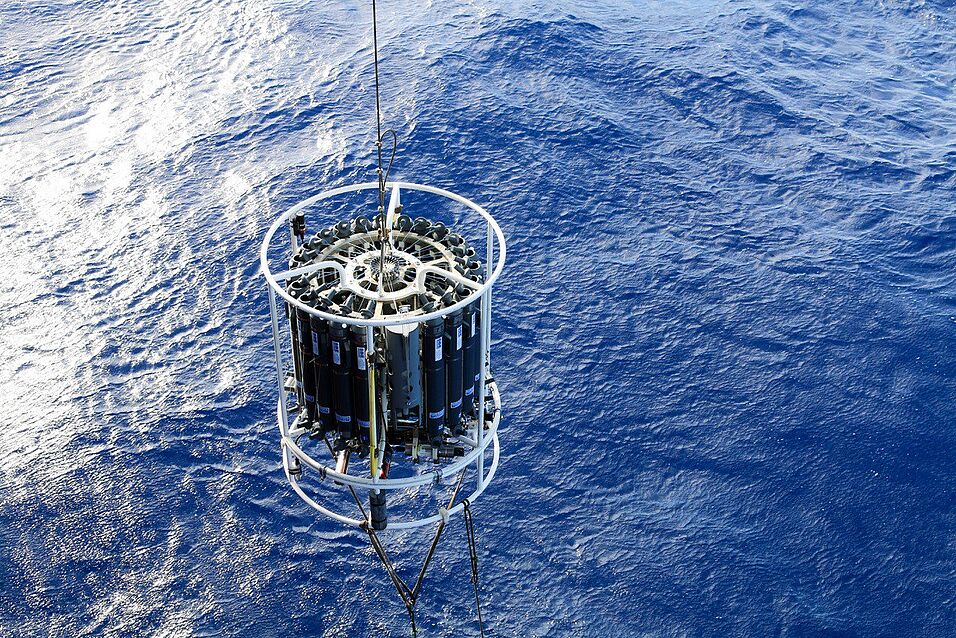Objectives: Despite the immense importance of methane-cycling microorganisms in controlling emissions from aquatic systems, we know remarkably little on how changes in environmental conditions affect their in situ activities. The METHANIAQ project addresses these knowledge gaps by 1) identifying and quantifying sources of methane in oxic surface waters of aquatic environments with different trophic states, and 2) obtaining a mechanistic understanding on how eutrophication affects the efficiency of microbial methane consumption in the water columns of coastal ocean and lake ecosystems.
Approach: We are using an innovative combination of approaches, comprising in situ measurements of biogeochemical process rates, manipulation experiments under controlled laboratory conditions, and cutting-edge molecular methods to analyze microbial communities. These approaches will yield an integrated view from the scales of enzymes and microorganisms to ecosystem-level processes spanning marine and freshwater ecosystems.
Innovation: The METHANIAQ project seeks to illuminate how changes in environmental conditions due to eutrophication affect the balance and interplay between the microbial production and consumption of methane. Unravelling the identities and activities of the involved microorganisms represents a missing piece in the puzzle to reconcile how community dynamics affect the observed biogeochemical rates, which is critical to our ability to identify changes to these processes. We also tackle the fundamental question about the origin of methane in oxic surface waters, which may constitute a particularly important source of methane. The proposed approaches are innovative due to their broad scope, including measurements in contrasting marine and freshwater environments and across different spatial and temporal gradients, promising fundamentally new insights into aquatic methane cycling dynamics and their effect on the global climate.


